Rats in Georgia: Types, Facts & Tips for Homeowners
-
Patricia Dickson
- Last updated:
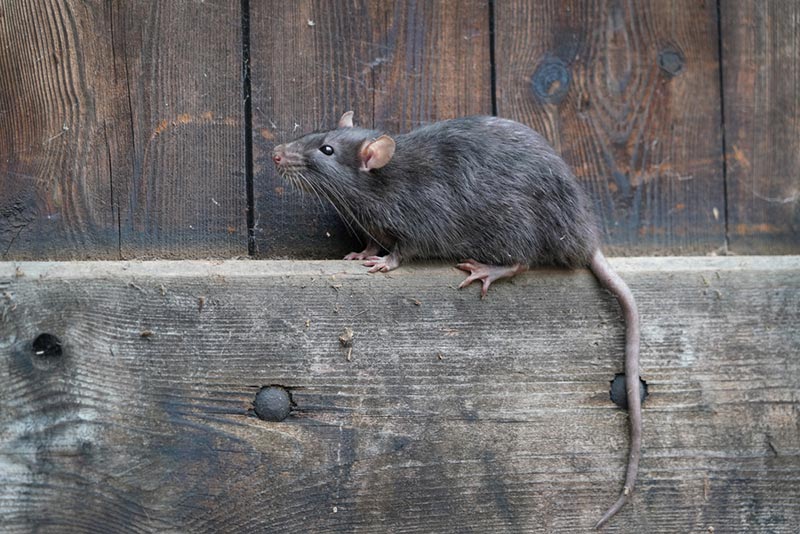
Although there are only two main varieties of rats to deal with in the Peach State, there are a couple of mice that need to be discussed as well. They are the common house mouse and the deer mouse.
Your best defense against any of these rodents is effective pest control. In this guide, we’ll give you the types of rats and mice in Georgia, some facts about each species, and some tips to keep them out of your home, as well as answer a few of your questions regarding rats in Georgia.
The Types of Rats in Georgia
1. Roof Rat
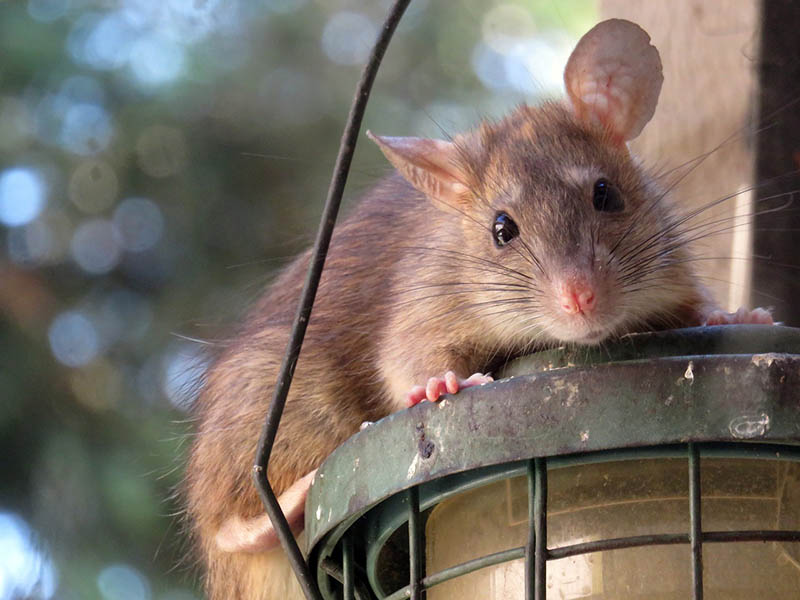
| Lifespan: | One year |
| Color: | Brown with black intermixed, gray with a white or grey belly |
Roof rats are also known as ship rats or black rats, and as their name suggests, they love getting into the roofs and attics of Georgia homes. If you’ve ever heard a scratching noise coming from your ceiling, it could be one of these common rodents. If you’ve seen rat droppings in your attic, it is probably the pest you’re dealing with.
Roof rats have developed into a major pest in the Peach State, especially in urban areas where there are a lot of houses and apartment buildings for them to hide and build their nests, such as in Atlanta.
You can identify the rat by its slender build, and it’s typically grayish to dark gray to black color. The rat’s actual size is 13 to 15” long from its head to the tip of its tail. The rat’s tail is longer than its entire body, and it prefers to live in attics and trees.
You’ll probably hear this rat at night since they are nocturnal, waiting until the sun goes down to come out and forage for food.
As with any pest in your home, the roof rat carries dozens of diseases, including salmonella, leptospirosis, and rat bite fever. If you suspect you have roof rats in your home, it’s best to call in pest control immediately, as they can contaminate the food meant for humans, pets, and even livestock. These rats are omnivores, which means they’ll eat plants and animals with no problem, and they really love citrus fruit.
Other foods roof rats will go after include pet foods, grease, pet feces, bird seed, and meat. They also enjoy infesting storage sheds and grills.
Not only do roof rats infest these areas and carry diseases, but they can also do significant damage to walls and attics by chewing on wires, which could easily cause a fire in your home.
2. Norway Rat
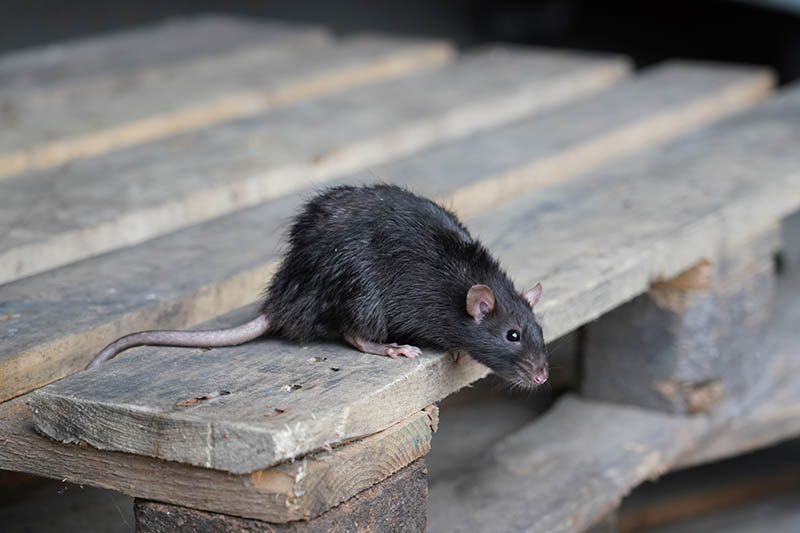
| Lifespan: | Four years |
| Color: | Brown |
Norway rats are larger than roof rats, measuring 16” long, including their tail. They are heavy, stocky rats with a robust body and a grayish-brown appearance, though they have been known to be more of a reddish-brown to blackish color on occasion.
Their preferred habitat is basements and crawlspaces of homes, and they will dig 6.5 ft burrows along property lines and in gardens to reach their “homes.” Norway rats are also called sewer rats and brown rats and like living in tunnels, basements, and underground burrows.
This is a much more aggressive rat than the roof rat, so you don’t want to try to trap one and remove it from your home, as it will bite and claw if it feels threatened. This is also a nocturnal rodent and will invade your home at night, looking for food. They are most active an hour after the sun goes down and just before dawn.
As with any rat, they like to gnaw and can cause considerable damage to your home, garden, and any structures they nest in. The primary diseases to watch for with this rat are jaundice, rat bite fever, and salmonella.
They can easily damage foundations, garden crops, slabs, and other structures. As they consume the food, they also contaminate the material meant for pets, humans, and livestock, which is how they also spread disease. If you suspect you have a Norway rat infestation, it’s best to contact reputable pest control to take care of the issue.
3. House Mouse (Rodent)
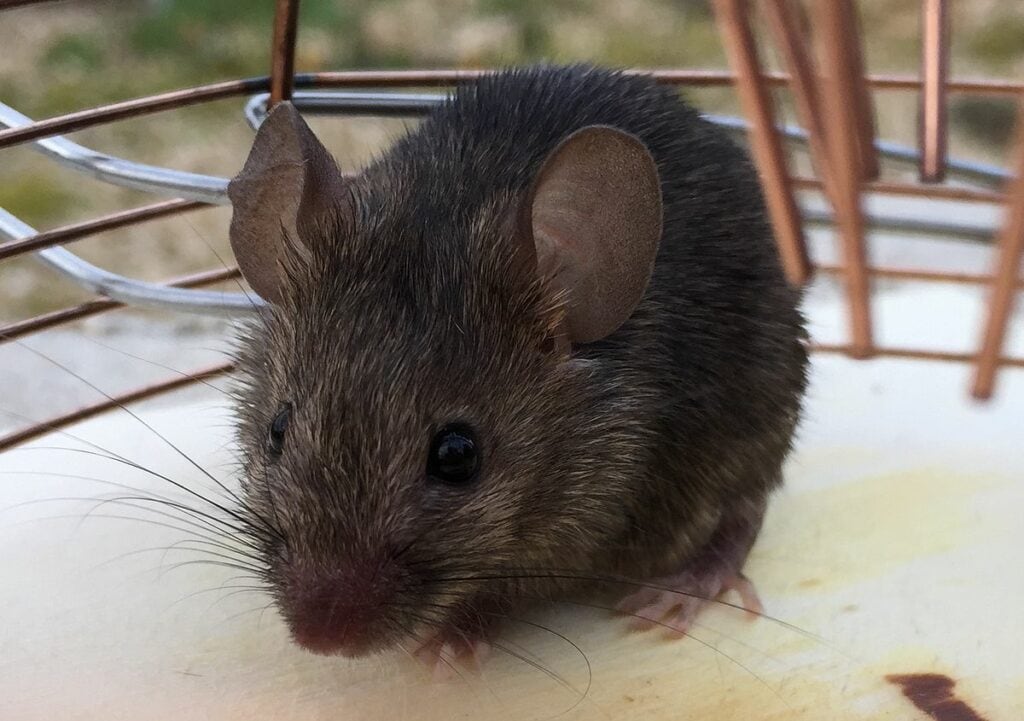
| Lifespan: | 5–8 years |
| Color: | Light to dark brown |
While not a rat, the house mouse is still a rodent and is common in Georgia. They are carriers of diseases, just as the rats on our list are, and don’t belong in your home. As with rats, house mice are nocturnal, preferring to forage for food at night.
This mouse is 5–8 inches long, including their tails, and has a light brown to gray or nearly black appearance. Their ears are large compared to their body, and though they may appear cute, they carry diseases.
The diseases most commonly found in house mice are salmonella and the bubonic plague. Their preferred habitat is anywhere they can build a quiet and undisturbed nest. Outdoors, they build nests primarily in fields and under trees and shrubs. When they make their way into your home, they will build their nests in wall voids, attics, garages, and out-of-the-way kitchen cabinets.
While they are primarily active at night, they can occasionally be seen in the daylight hours. A house mouse puts off a slightly musky odor, alerting you to its presence. While these mice are omnivores, they prefer to eat grains and cereals. They have also been responsible for house fires, as they will tunnel through your walls and gnaw on any wires they can find. As with the rats on the list, if you think you have a house mouse infestation, it’s best to call in reputable pest control technicians to handle the issue.
4. Deer Mouse (Rodent)
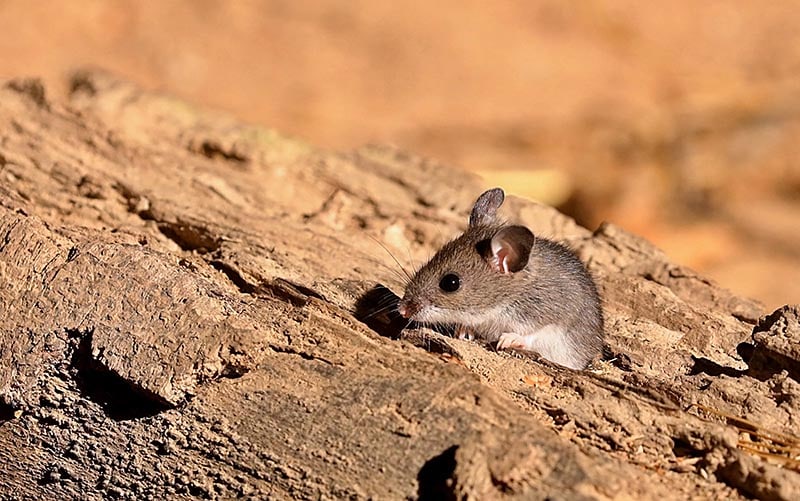
| Lifespan: | 8 years |
| Color: | White |
Another rodent on our list that is common in Georgia is the deer mouse. It is often referred to by Georgians as the field mouse or the white-footed mouse. These mice prefer to live in woodlands and fields and stay out of people’s homes. However, they will look for shelter in houses when it’s cold outside.
The mice are tiny compared to others on our list, topping out at 5–8 inches long, including their tails. They are gray to reddish-brown in color and have white feet and bellies.
The most significant danger with deer mice is that they carry the hantavirus. They usually try to feed at dusk and dawn, and their preferred meals are seeds, berries, nuts, and insects. If a deer mouse constructs a nest in a home, they are most commonly found in areas with very little activity, such as basements, garages, attics, and crawl spaces.
Since they don’t hibernate, they could seek shelter in homes during winter. In this case, you’ll find them in upholstered furniture, storage boxes, and the voids in your walls.
Rat Prevention, Tips, and FAQ
Now that you know the types of rats and mice you can find in the Peach State, we’ll give you a few prevention tips, FAQs, and more in the guide below.
Are Rats Dangerous?
Whether a full-grown rat or a tiny mouse, they are dangerous if you have one in your home. Not only are these rodents hazardous to humans, but they are also harmful to structures as well. They carry salmonella, rat bite fever, the hantavirus, murine typhus, and leptospirosis.
They will also burrow into your home and chew on wires, insulation, and even your home’s foundation. It is possible that their chewing could cause an electrical fire, so it’s best to keep your home rodent-free.

How Do I Know If I Have a Rat Problem?
Rats and mice live in areas where they can easily find food; in many cases, that’s in a person’s home. There are a few signs you can look for to see if you have a rat infestation.
- Rodent droppings around food packages, under your sink, in drawers, and under cupboards
- Shredded paper, fabric, and dried plant matter used for nesting
- Food packages that look like they’ve been chewed
- Holes that have been chewed in walls or entry points into your home
- Stale smells that you can’t account for coming from hidden areas
These are a few of the signs that you have a rodent problem in your home. If you see these signs, it’s best to contact an exterminator immediately.
Can I Get Rid of a Rat Infestation Myself?
While you can put out traps to catch rats and mice, they are nocturnal animals that are shy and very quick. This makes it hard to catch and remove one from your home. Remember, the rodents multiply quickly, and before you know it, you’ll have a full-blown infestation.
Also, since they tend to nest in hidden areas, it’s hard to find the nest. It’s best to let the experts handle the infestation because of the possible structural damage, fires from chewed wiring, and the diseases these creatures carry and spread.
How Can I Prevent a Rat Infestation?
The best way to prevent a rat infestation in your home is to have a reliable pest control company treat the house. Other things you can do include sealing any cracks, holes, and crevice’s the rats can get into your home through, as well as filling any holes and gaps around pipes coming into your home.
It’s also imperative to keep food in tightly sealed containers to prevent it from attracting rats to your home, and always keep your garbage in trash cans with lids on them. Repair any leaks around water sources, and never leave your pet’s food and water sitting around.
Since rats like tree branches and shrubbery as ways of getting into your home, make sure to trim back branches and keep shrubbery away from structures. It’s also vital to inspect attics, basements, and crawl spaces on occasion for signs that a rat or mouse might be building a nest, especially during the fall and winter. While Georgia has mild winters most of the time, rats and mice still try to come in when the temperatures start to drop.
In Conclusion
While there are only two main types of rats and two main types of mice in Georgia to worry about, it’s essential to make sure they stay out of your home and off your property. If you see any signs of rat infestations on your property or in your house, it’s best to contact a reputable pest control company to remove them.
You can also prevent rats from entering your property by keeping the property uncluttered and following the tips above for prevention.
Featured Image Credit: Holger Kirk, Shutterstock
Contents

